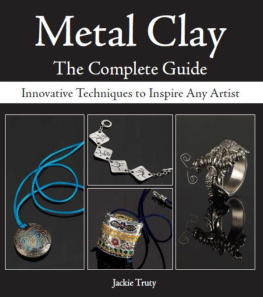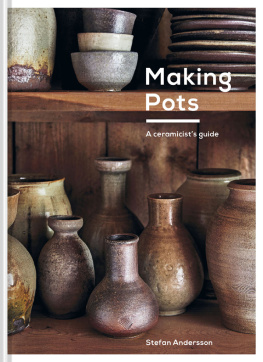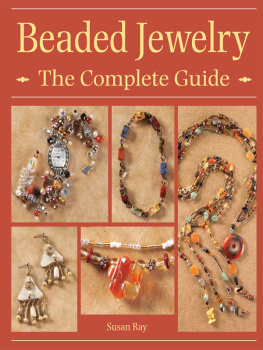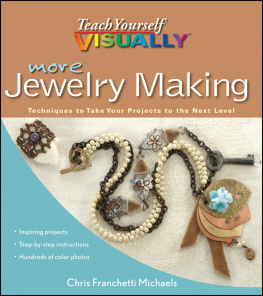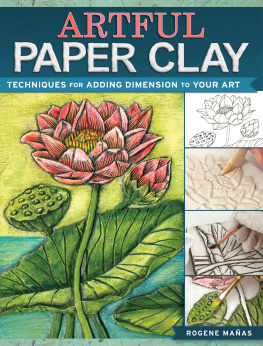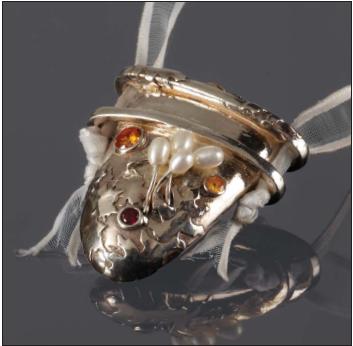Thank you for purchasing this Martha Pullen eBook.
Sign up for our newsletter and receive special offers, access to free content, and information on the latest new releases and must-have crafting resources! Plus, receive a coupon code to use on your first purchase from Store.MarthaPullen.com for signing up.
or visit us online to sign up at
http://marthapullen.com/ebook-promo
2007 Jackie Truty
Published by
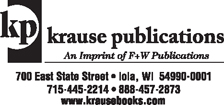
Our toll-free number to place an order or obtain
a free catalog is (800) 258-0929.
All rights reserved. No portion of this publication may be reproduced or transmitted in any form or by any means, electronic or mechanical, including photocopy, recording, or any information storage and retrieval system, without permission in writing from the publisher, except by a reviewer who may quote brief passages in a critical article or review to be printed in a magazine or newspaper, or electronically transmitted on radio, television, or the Internet.
The following registered trademark terms and companies appear in this publication: Art Clay World USA, Paste Type, Syringe Type, Oil Paste, Silver Overlay Paste, Gold Paste, Paper Type, Sheet Type, Aida Chemical Industries Co. Ltd., Krause Publications, Precious Metal Clay, PMC, Griffith Silver Black, Masquepen, SpeedyStamp, Dremel, Powercrafter, Proxxon, Ferrari, Speedfire Cone System, Badger, Bag Balm, Alien, Fahrenheit 451, eBay, Pbo, Porcelaine 150, Vitrea 160, Styrofoam, Ceramic Hot Pot.
Library of Congress Catalog Number: 2006935443
ISBN: 978-0-89689-430-3
eISBN 13: 978-1-4402-2100-2
Designed by Rachael Knier
Edited by Susan Sliwicki
Diagrams by Robert Stotts
Printed in China
DEDICATION
To my husband, the paste type of my life, who holds it (and me) together.
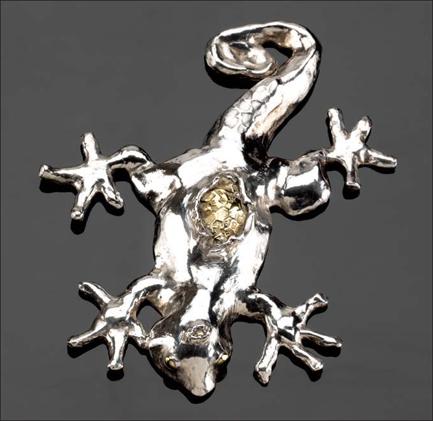
ACKNOWLEDGMENTS
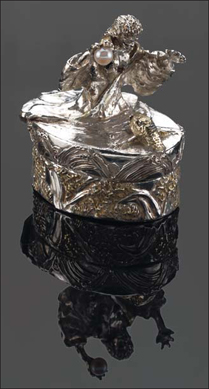
First and foremost, to the staff at Art Clay World, USA, Inc., for their patience and support in my physical and mental absences during the writing of this book.
To my daughter, Kate Baum, who lent her beautiful hands and spirit to the cause.
To the Master and Senior Art Clay Instructors, whose work is included in this book. Their creativity and dedication is always appreciated and admired.
To Susan Sliwicki at Krause Publications, who oversaw this publication through its various editorial permutations.
To Aida Chemical Industries Ltd., for its support in our continuous pursuit of excellence.
Finally, to metal clay artists everywhere who have embarked upon a course, the destination of which has not yet been charted. May our journey be filled with exciting challenges and endless opportunities along the way.
ABOUT THE AUTHOR
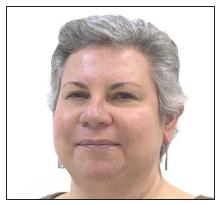
Once an operating room nurse and nurse manager, Jackie Truty saw a metal clay demonstration and knew shed found her niche. Since 2000, she has worked in Art Clay Silver, for which she received her masters training in Japan.
Today, Jackie runs Art Clay World USA as president and owner. She also tours the United States teaching, demonstrating and representing Art Clay. In addition, she appears in the latest Art Clay instructional DVD. She has received international recognition for Sacred Mountain Guardian, an Art Clay work, at the Silver Accessories Contest in Japan.
Jackies previous books include Art Clay Silver and Gold (Krause Publications, 2003) and Dichroics: Art Glass All Dressed Up (Glass Press, 2002).
Jackie lives in the Chicago area with her husband. Visit her Web site at www.artclayworld.com.
TABLE OF CONTENTS
CHAPTER 7: MANIPULATING, MIXING
AND MATCHING MATERIALS
BOX PENDANT WITH MENDHI DESIGN AND GARNETS
(CHALLENGING)

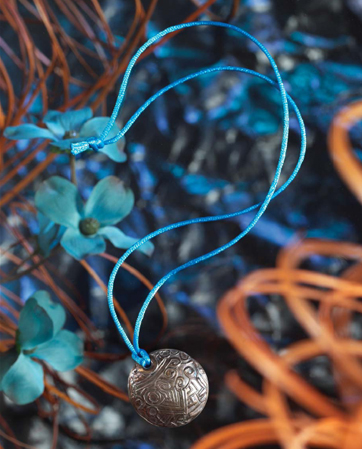
CHAPTER 1
PAST AND PRESENT
To know what metal clay is and where its going, you need to understand its past. And, even though the medium itself is in its infancy, the science that led to its birth has been around for more than a century. But even before that, before humanity developed the concept of science, knowledge of certain elements in nature existed. These were the elements that made civilization possible.
HISTORY
Silver was identified as an element nearly 6,000 years ago, right behind gold and copper. It is the most chemically active of all the noble metals. It is found freely in nature, and ranks second only to gold in malleability and ductility. Silver is harder than gold, but softer than copper. It is one of seven metals known in the ancient world, the others of which are gold, copper, lead, tin, iron and mercury.
Metallurgy is defined as the science and technology of metals, the study of metals in bulk and at their atomic levels. In ancient times, metallurgists focused on learning about metals, their characteristics and how to use them in order to make tools, coins and body adornments.
Smelting, or the process of extracting a metal from its parent ore under controlled conditions, allowed relatively pure forms of silver, gold and iron to be processed.
The smelting of iron and more durable alloys, such as bronze and brass, were discovered and added to the growing list of metals, which replaced the softer silver and gold. However, the brightness, workability and malleability of these two elemental metals, as well as their relative rarity and resistance to oxidation, made them perfect for body adornment and functional art objects.
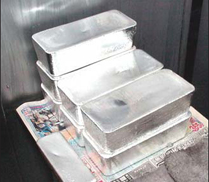
Aida Chemical Industries
TRADITION VS. NEW-AGE TECHNOLOGY
Metalworking is a broad term that cant begin to be addressed here, even as an overview. There are dozens of techniques that use both hot and cold metal methods, most of which trace their origins back thousands of years.
The only way to even attempt to compare working with metal clay to using traditional methods is to narrow the comparison to those techniques complex enough to warrant its use. For example, using the techniques of chasing and repousse, which involve creating three-dimensional shapes by using punches and hammers on the inside of flat metal (think the Statue of Liberty), wouldnt be an efficient or economical use of fine silver clay.
However, when you think in terms of creating dimensional objects, sculptural forms, engraved and highly detailed forms in silver and gold, then you have the perfect application for the use of metal clay.

